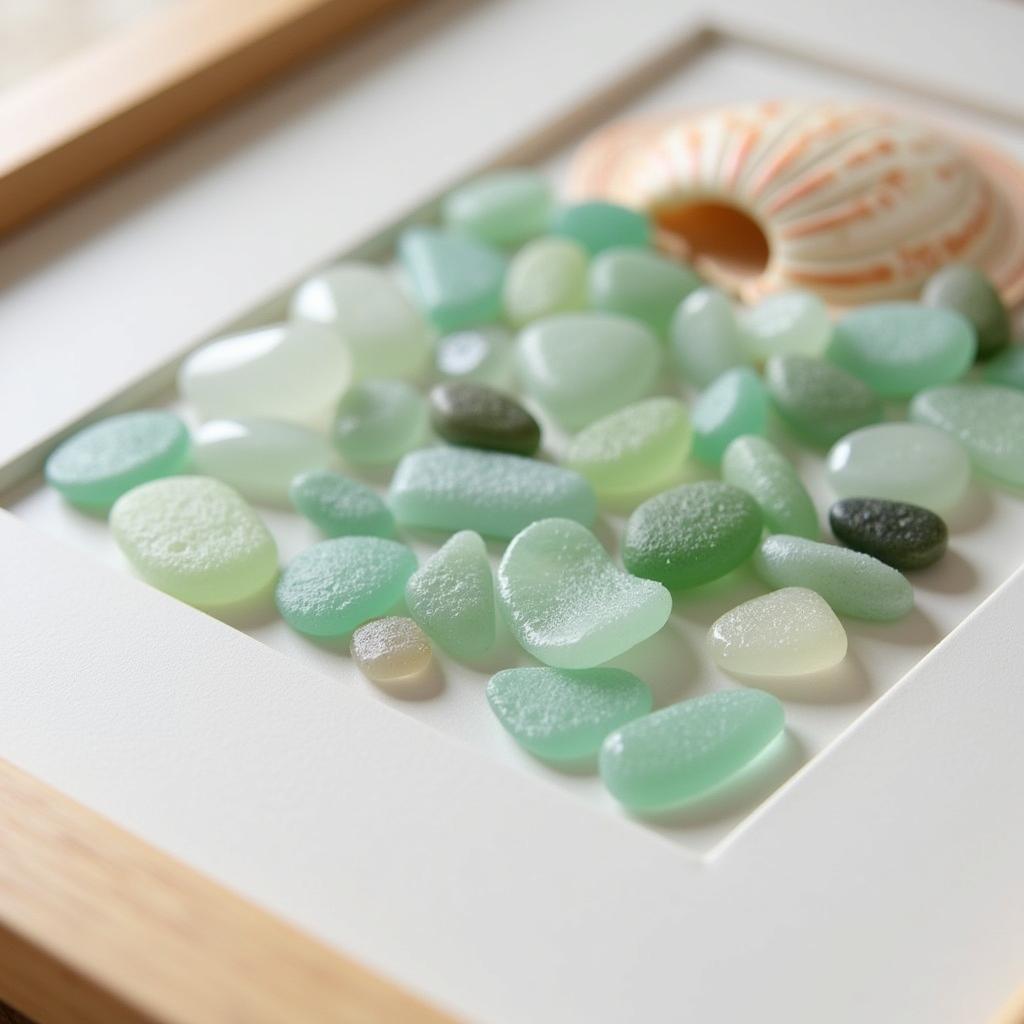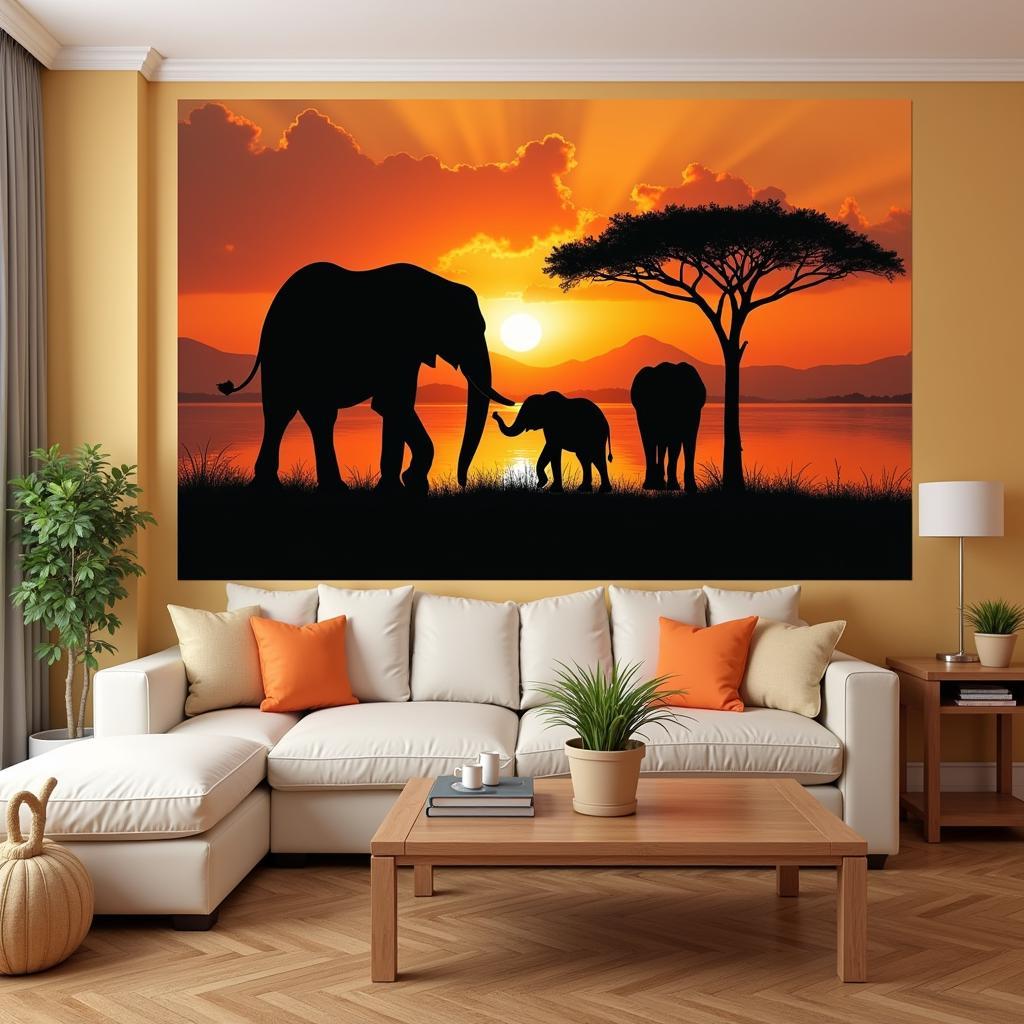Creating Striking Bauhaus Art Posters
Bauhaus Art Posters, with their bold geometry, sans-serif fonts, and impactful color palettes, remain a powerful source of design inspiration today. This timeless style, originating from the Bauhaus school of art and design in the early 20th century, continues to influence modern graphic design and offers a unique approach to visual communication. From understanding its core principles to crafting your own digital interpretations, let’s delve into the world of Bauhaus poster design.
Check out some modern simple art for further inspiration.
Understanding the Bauhaus Philosophy
The Bauhaus school, founded in 1919 in Weimar, Germany, aimed to bridge the gap between art and craftsmanship. This philosophy heavily influenced their graphic design principles, emphasizing functionality, simplicity, and a rejection of ornamentation. Bauhaus posters weren’t just about aesthetics; they were about conveying a message clearly and effectively. The use of basic geometric shapes, strong lines, and a limited color palette was key to achieving this goal.
Key Elements of Bauhaus Posters
Several elements define the Bauhaus aesthetic in poster design:
- Typography: Sans-serif fonts like Futura and Univers were favored for their clean, modern look and readability. Experimenting with different font weights and sizes created visual hierarchy and emphasis.
- Color Palettes: Bauhaus posters often utilized a restricted color palette, focusing on primary colors (red, yellow, blue) along with black and white. This created high contrast and visual impact.
- Geometric Shapes: Circles, squares, triangles, and rectangles formed the foundation of Bauhaus compositions. These simple shapes were arranged in dynamic and asymmetrical layouts.
- Photography: While less common than graphic elements, photography was sometimes incorporated into Bauhaus posters, often with a focus on close-ups, abstract angles, and industrial subjects.
Designing Your Own Bauhaus Art Poster
Creating a Bauhaus-inspired poster can be a rewarding experience. Here are a few steps to get you started:
- Concept and Message: Define the core message you want to convey. Bauhaus design prioritizes clarity, so a concise and impactful message is crucial.
- Typography Selection: Choose a sans-serif font that complements your message. Consider the font weight and size to create visual hierarchy.
- Color Palette Choice: Select a limited color palette. Stick to primary colors, black, and white for a classic Bauhaus look.
- Composition and Layout: Arrange geometric shapes and text elements in a dynamic and asymmetrical layout. Use negative space effectively to balance the composition.
What makes Bauhaus posters so enduring?
Bauhaus posters continue to resonate with designers and art enthusiasts alike because of their timeless quality. Their emphasis on functionality and clear communication transcends trends, making them as relevant today as they were a century ago. You might be interested in exploring some examples of Bauhaus wall art to see how this style translates into different mediums.
How can I incorporate Bauhaus principles into my own designs?
Even if you’re not creating a strictly Bauhaus poster, you can still incorporate its core principles into your design work. Using sans-serif fonts, a limited color palette, and geometric shapes can add a touch of modernism and clarity to any project. Understanding the underlying philosophy of form following function can lead to more effective and visually appealing designs.
John Doe, a renowned graphic designer, shares his perspective, “Bauhaus teaches us to strip away the unnecessary and focus on the essence of communication. It’s a powerful lesson for any designer.”
Conclusion
Bauhaus art posters represent a powerful intersection of art and design. By understanding its core principles and embracing its minimalist aesthetic, you can create visually striking and impactful designs. The influence of Bauhaus can be seen even in resources like this 1920s art style crossword clue, demonstrating its lasting impact on the art world. Whether you’re a seasoned designer or just starting out, exploring the world of Bauhaus can open up a world of creative possibilities.
FAQ
- What is Bauhaus? Bauhaus was a German art school operational from 1919 to 1933 that combined crafts and the fine arts.
- What characterizes Bauhaus posters? Bauhaus posters are known for their geometric shapes, sans-serif typography, and limited color palettes.
- Where can I find Bauhaus posters? You can find Bauhaus posters in museums, online art galleries, and design books.
- Can I create my own Bauhaus poster? Absolutely! Use design software or traditional methods to create your own Bauhaus-inspired work.
- How does Bauhaus influence modern design? Bauhaus principles of minimalism and functionality continue to influence graphic design, architecture, and product design today.
- Who were some famous Bauhaus artists? Notable Bauhaus figures include Wassily Kandinsky, Paul Klee, and László Moholy-Nagy.
- What is the lasting legacy of Bauhaus? The Bauhaus school’s emphasis on functional design and its distinct aesthetic continue to shape creative fields worldwide.
Need further assistance? Contact us at Phone Number: 02462573573, Email: danteum@gmail.com Or visit our address: Savico Megamall, 7-9 Đ. Nguyễn Văn Linh, Gia Thụy, Long Biên, Hà Nội 10000, Việt Nam. We have a 24/7 customer support team.



